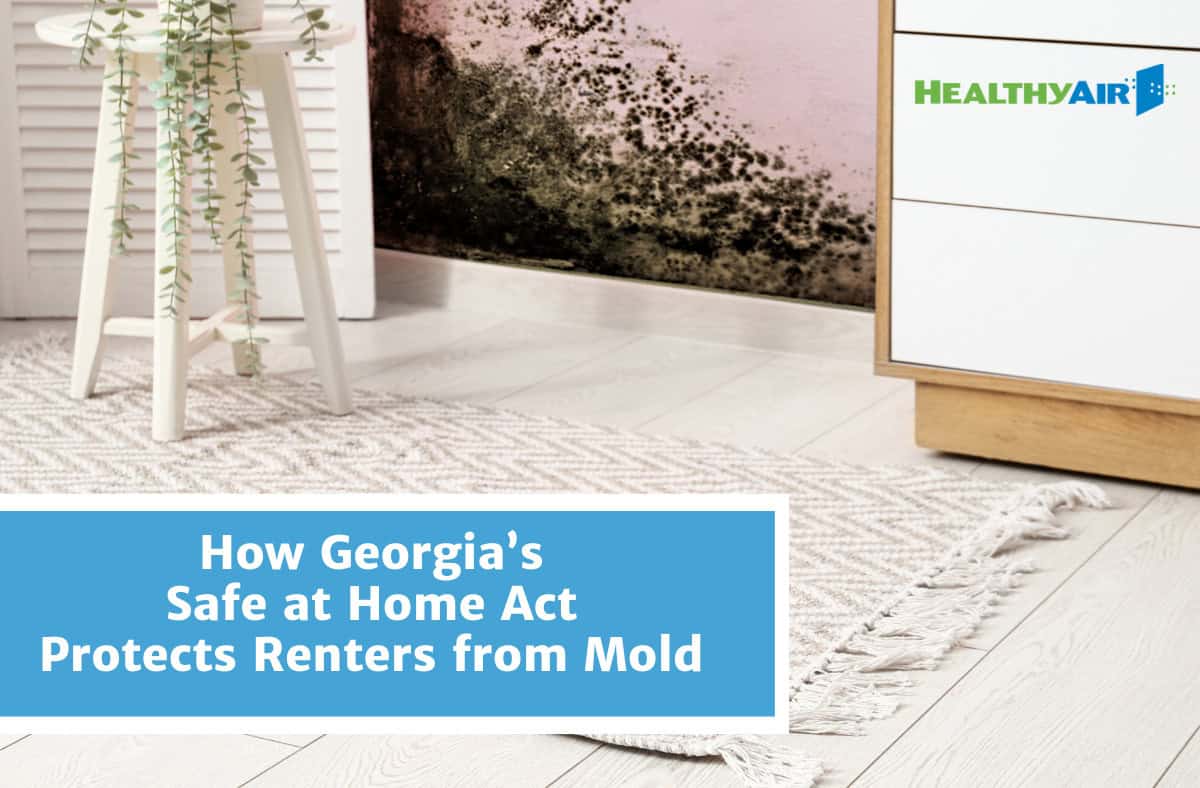What are aerosols and bioaerosols?
Aerosols are substances that are suspended in air, such as tobacco smoke particulates and the dirt and dust particles that are visible in a ray of…
What are aerosols and bioaerosols?
Aerosols are substances that are suspended in air, such as tobacco smoke particulates and the dirt and dust particles that are visible in a ray of sunlight streaming in through a window. Bioaerosols are airborne particles from living organisms such as bacteria, viruses, molds, fungi, pollens, dust mite and insect remains, and pet dander.
What are the sources of biological pollutants?
Biological pollutants, also called bioaerosols, come from plant and animal material. Some are generated outside the home, such as pollen, but enter the home through open doors and windows and on people and pets entering the home.
Other biological pollutants are generated in the home:
- Mold growth in the home releases spores into the air.
- Animals generate dander, and insects generate excrement and body parts that are small enough to become airborne.
- Bacteria and viruses are infectious agents that are brought into the home in a number of ways.
All of these pollutants are particulates — that is, they are particles so small that they “float” in the air. Larger particles settle out onto surfaces, but very small particles stay suspended indefinitely.
Why do experts give so much attention to removing bioaerosols from indoor air?
Bioaerosols have been identified as a major source of “Sick Building Syndrome”, infectious diseases, and allergic reactions such as asthma, pneumonitis, rhinitis, allergic sinusitis, hypersensitivity, and fatigue. Molds, pollens, dust mite fecal products, and pet dander are among the leading causes of respiratory allergic or asthmatic reactions in the indoor environment.
What are the health effects from biological pollutants?
Allergic reactions are the most common health problem associated with biological pollutants. People differ in their sensitivity to biological allergens — some may have no symptoms, while sensitive persons may have severe health problems. Common symptoms include watery eyes, runny nose and sneezing, nasal congestion, itching, coughing, wheezing and difficulty breathing, headache, dizziness and fatigue.
The most severe reaction to allergens is an asthma attack, which can be life-threatening. The American Lung Association reports there are nearly 10 million people in the U.S. with asthma. Of these, over 2.5 million are children. There are over 4,000 deaths each year from asthma. The number of persons with asthma has been consistently increasing over the last 15 years. Airborne biological pollutants present a special risk to people with allergies and asthma. Note: these pollutants do not cause asthma. Rather, certain pollutants can trigger an attack in people who have asthma.
Infectious diseases caused by bacteria and viruses are generally passed from person-to-person through physical contact. Some bacteria and viruses circulate through indoor ventilation systems.
How are biological contaminants transported through the house?
Molds and dust mites thrive in similar conditions. Mold grows on organic materials such as paper, textiles, grease, dirt, and soap scum. It requires moisture or high humidity. When a mold colony has been established (for example, on a bathroom wall), it generates mold spores that float through the air, land on other surfaces, and if conditions are right, form new colonies. Mold can also grow in standing water, such as in the reservoirs of humidifiers or dehumidifiers. Mist from some types of humidifiers can spread the mold throughout the house.
Dust mites need a food source of dead human skin cells and high humidity levels. They often thrive in soft textiles such as bedding, carpet, and upholstery. When the textiles are disturbed (vacuuming, making beds, or walking across carpeting), dust mite parts become airborne. Cleaning surfaces where dust mite particles accumulate can help reduce concentration in the air. Dust mites have been identified as the single most important trigger for asthma attacks.
What are other measures to control these contaminants?
General measures for controlling airborne contaminants include:
- Maintaining and cleaning heating and air conditioning units, as well as humidifiers and dehumidifiers.
- Ventilating homes by opening doors and windows may be counter-productive for people allergic to pollens.
- In homes with ductwork, the standard mesh filter should be replaced with one offering improved performance.
Allergies to pets may be relieved by:
- Removing pets from the home or keeping pets out of sleeping quarters. Cats kept in the home should be washed weekly to reduce the allergen level.
- Allergen accumulation may be reduced with the use of vinyl or hardwood floors instead of carpets.
- Vacuum with high efficiency filter vacuums or central vacuum systems to remove dusts which may harbor allergens.
- Using air cleaning devices will result in lower levels of biological contaminants depending on the effectiveness of the devices.
Why do you recommend setting thermostats to the “On” position rather than “Auto” when bio systems are installed?
Continuous fan operation has been recommended by HVAC professional for years for optimum occupant comfort. This is even more important when Central Air Purifiers are used, to provide continuous, 24-hour-a-day air cleaning. If an HVAC system is set to the “auto” mode, the fan will run the least often in the spring and fall months, the times of year when outdoor allergen levels are typically the highest. Continuous operation is even more important for bio units equipped with UV lamps, as frequent on/off cycling can significantly reduce lamp life.



